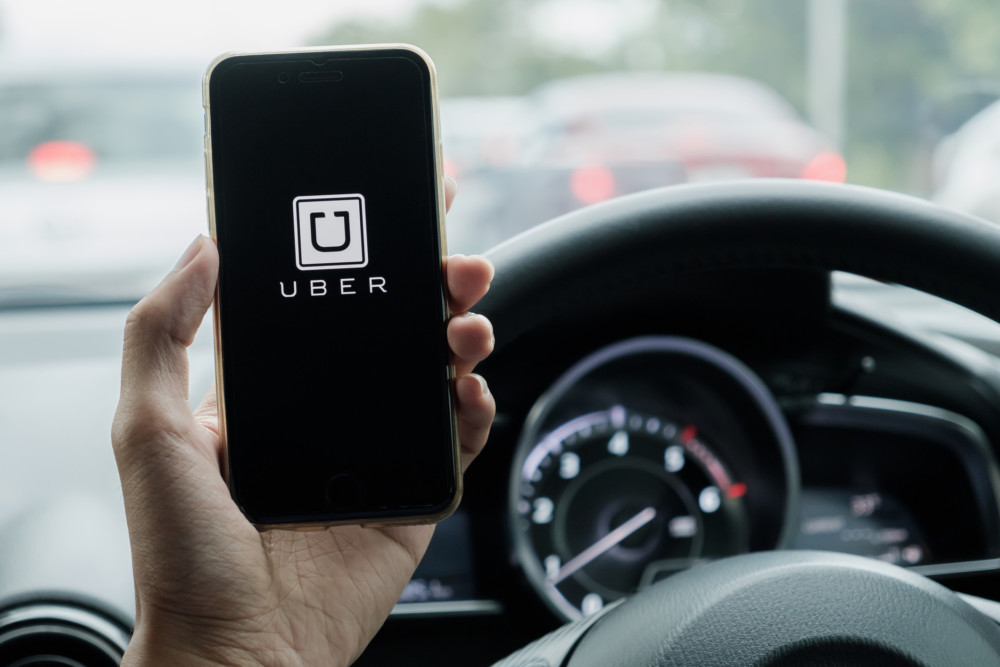By Steve Rosen
Tribune News Service
WWR Article Summary (tl;dr) As Steve Rosen reports, “Multiple surveys suggest that at least one-third of people in the labor force report having a second source of income outside their regular job. About two-thirds of younger workers say they have a side gig.”
Tribune News Service
As a full-fledged member of the gig economy, I have two side hustles that keep my head in the game. Now, I’m on to a third gig, and I even have a name for it.
I call it St-uber.
Who do family and friends call when they need a ride, whether it’s to a birthday party, a night on the town or a Super Bowl parade? It’s me.
Sometimes, I provide roundtrip service, and sometimes it’s drop-off only.
The only issue with this side hustle: So far, I’m not charging for my outstanding service.
Side hustles, moonlighting, freelancing, a second job. Call it what you want, but working on the side has become the norm, especially for younger workers. Among the most popular: animal care, cleaning, ride-sharing and selling real estate, according to a recent survey by Moneygeek.com.
Multiple surveys suggest that at least one-third of people in the labor force report having a second source of income outside their regular job. About two-thirds of younger workers say they have a side gig.
According to a survey from Bankrate.com of more than 1,000 working adults, 37% of respondents work a side gig with average pay of $686 a month, or more than $8,200 a year in extra income.
But for every side hustle that’s lucrative, there are plenty that don’t pan out. Some of those failures have to do with seeing only dollar signs and not focusing on the expense side of the job, not getting the word out about who you are and what you do, and not realizing there are taxes and other costs associated with running things aboveboard.
Whether it’s trying to line up multiple paychecks to pay for college tuition, finding work that will look good on a thin resume, or just needing extra income to cover the bills, here are some strategies for young beginners from Moneygeek.com:
-Be wary of multi-level marketing opportunities for selling jewelry, kitchen knives and other products. Some of these companies require the sales force to invest in the products themselves.
-It is unrealistic to think a side hustle won’t cost you anything to launch. Uber, for example, requires drivers to have a four-door vehicle, comprehensive automobile insurance and pass a driver test. You also are responsible for gas, maintenance and cleaning, though business expenses can be deducted from your taxes.
Moneygeek noted that in one survey, side hustlers took on an average of $35,000 in debt to start their gig, although it said those numbers were heavily skewed by side jobs in residential real estate.
-Side jobs are not tax-free businesses. The Internal Revenue Service considers freelancers to be self-employed. While you can take additional deductions if you are self-employed, you’ll also face additional taxes in the form of the self-employment tax.
-Before you plunge ahead, research what’s a realistic income. Intuit, for example, found that income ranged from $5 an hour to $61 for the average side hustle. A 2018 Stanford University study found that active Uber drivers grossed an average of $376 per week, but also found that 60% of those who start driving were no longer active six months later.
Is it worth it?
As for my St-uber driving business, I haven’t decided whether this will be a for-profit venture or a courtesy shuttle.
___
ABOUT THE WRITER
Questions, comments, column ideas? Send an email to sbrosen1030@gmail.com.
___
Distributed by Tribune Content Agency, LLC.















































































































































































































































































































































































